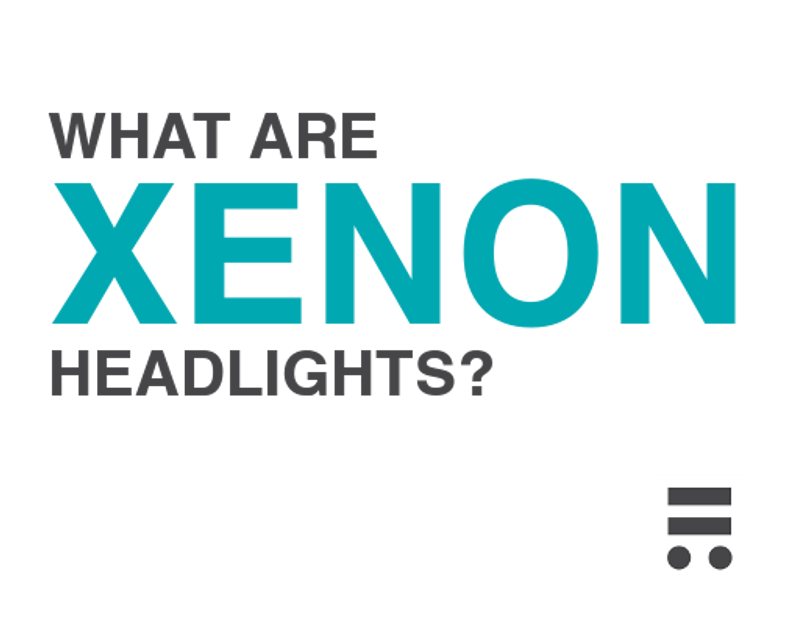What are Xenon and Bi-Xenon Headlights?
Posted by Matt Harwood on 30th Jan 2017


Traditional headlights are generally either halogen, or if the vehicle is newer, LED. Xenon is the latest headlight technology to replace LED bulbs.
Xenon headlights provide a markedly brighter, intense light that fully illuminates the road ahead for the driver. The bulbs also have a much longer life span than halogen, due to the design of the light source.
In Xenon lamps, an arc of electricity is formed between two electrodes made of tungsteam, and this causes the light to shine.
Cars fitted with Xenon headlights are configured to direct the light downwards, so they do not blind or dazzle other road uses in front of them. Some manufacturers, such as BMW, have automatic height adjustment, that change the angle of the light depending on the weight inside the vehicle, ensuring it is always pointed in the right direction.
Xenon lights are not just brighter – they last a lot longer than traditional bulbs. In fact, you may find some last the full life of the car!
Energy usage compared to halogen bulbs is also much less. Xenon lights offer energy efficiency, while performing better than other available light sources.
Xenon headlights generally refer to the standard, dipped beams, where the full beam is still halogen.
Bi-Xenon means that both lights, full and dipped, are xenon-based.